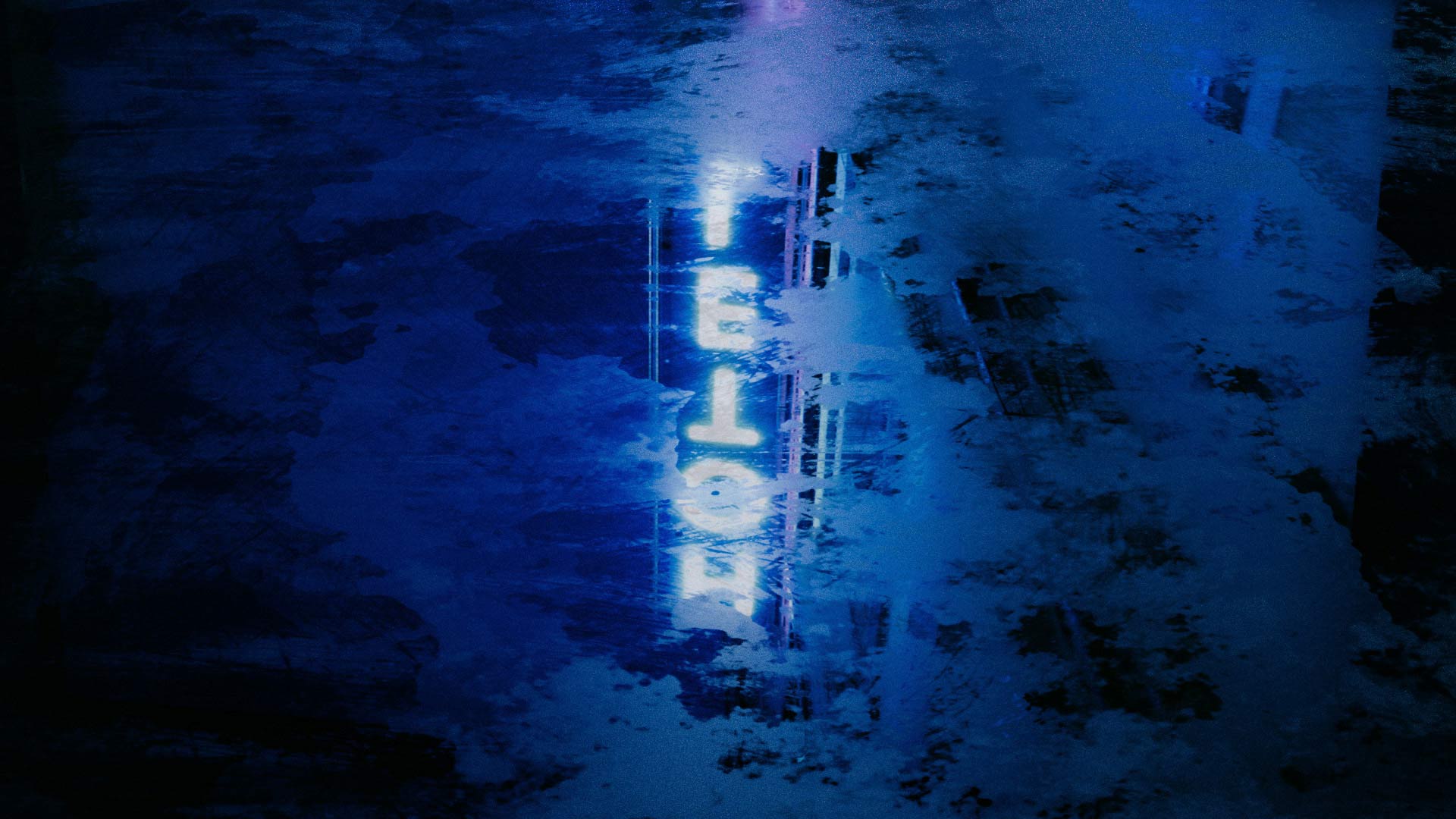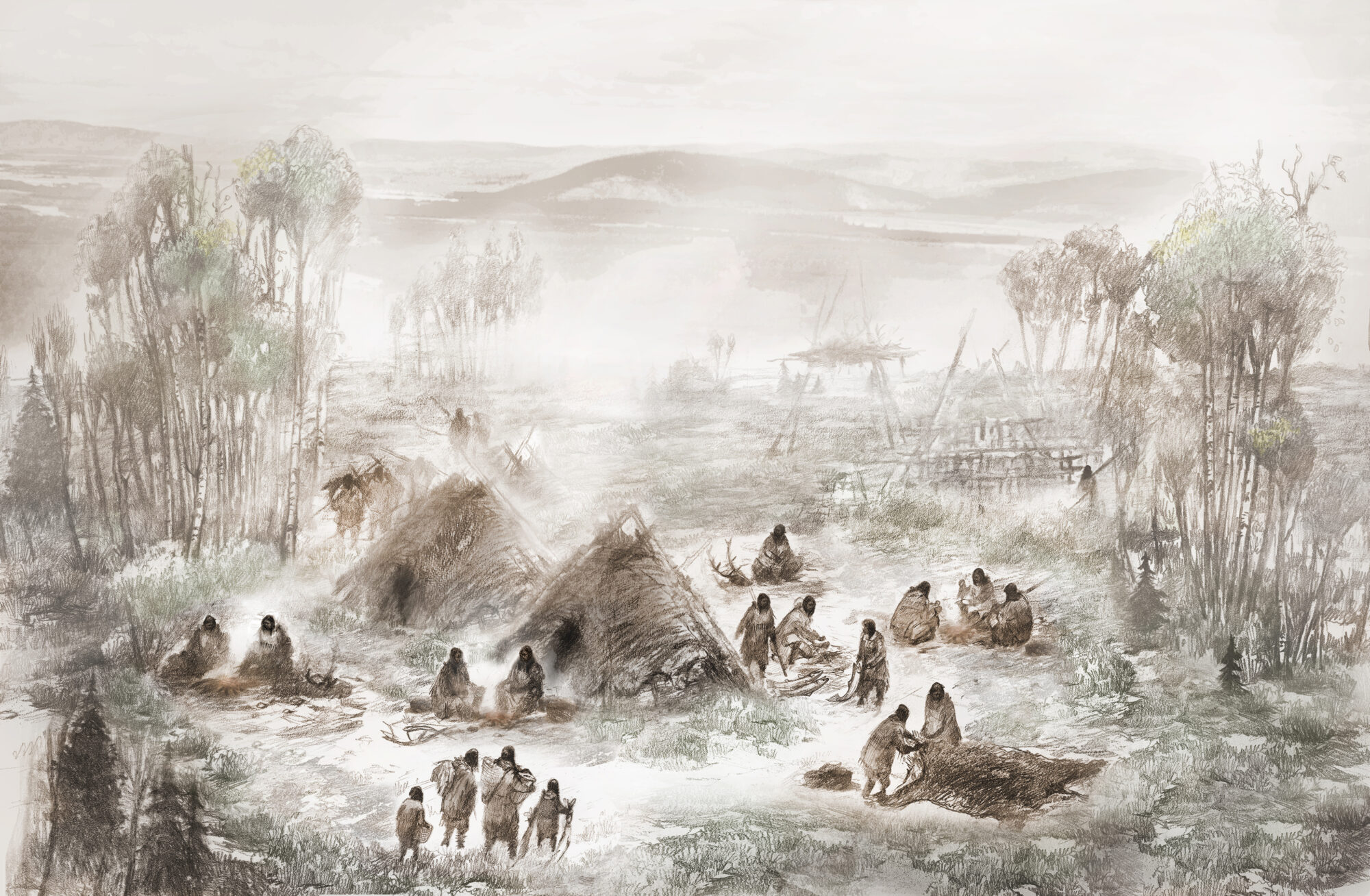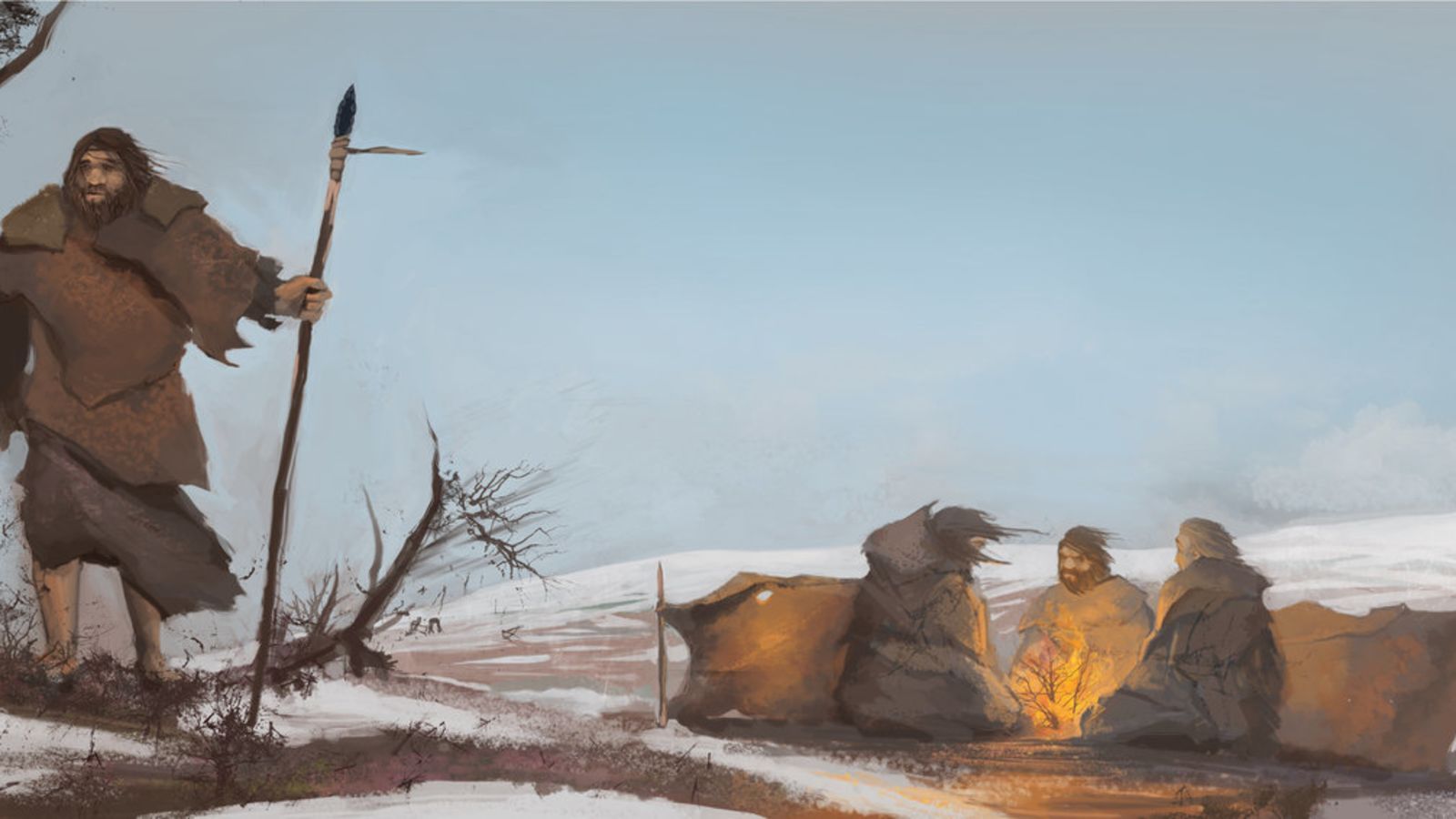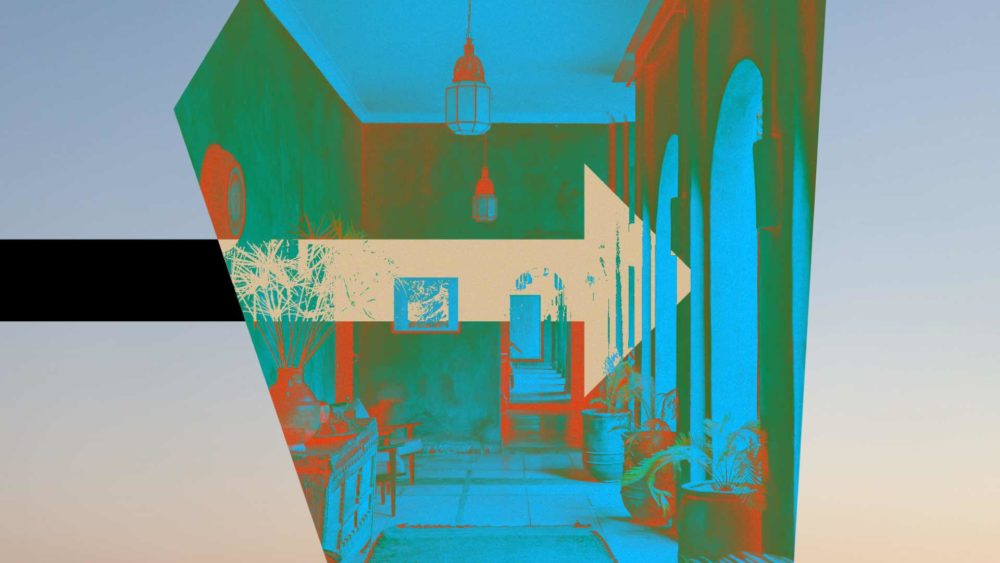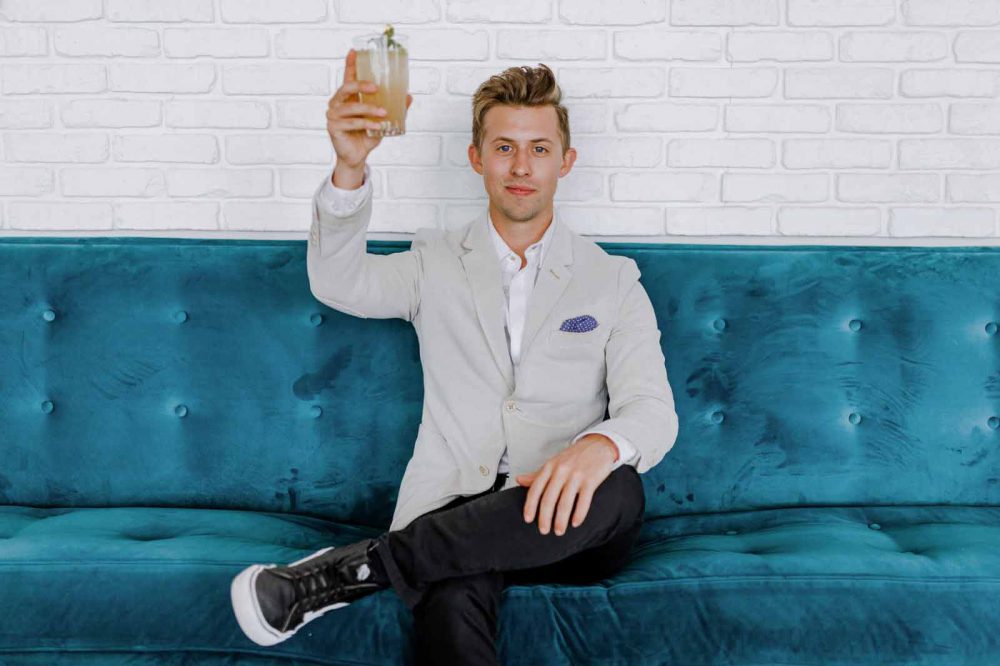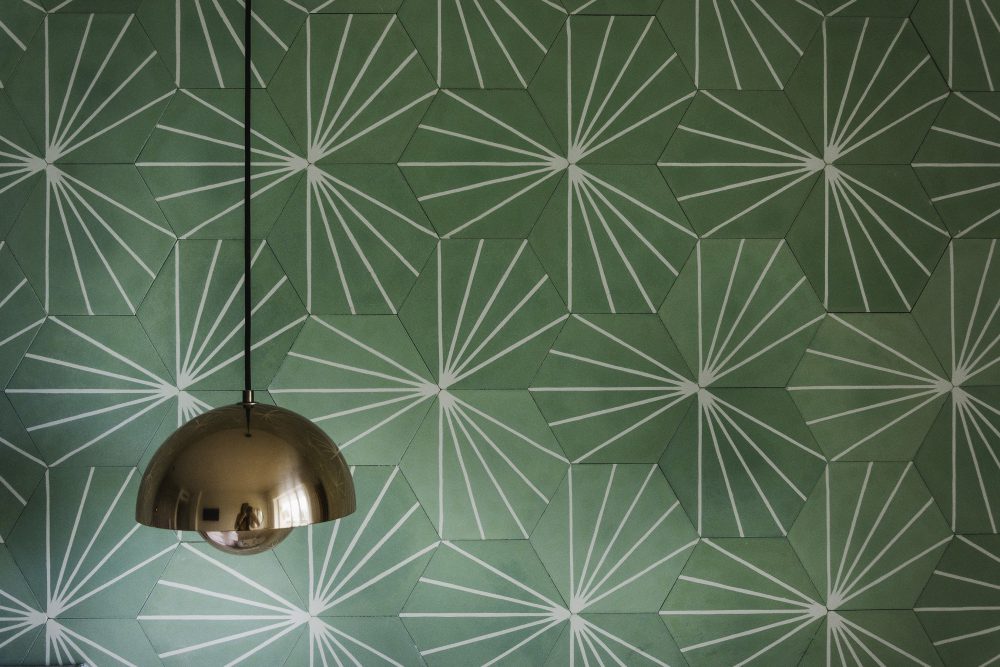Cold Therapy
and the Future of Hotels
April 29, 2021
Jeremy Wells
Cold Therapy, otherwise known as cold thermogenesis, is the process of exposing the body, or portions of it, to freezing cold temperatures for a brief period of time. This sounds miserable to most sane human beings.
However, modern science has found that we may experience numerous benefits from thermogenesis and cold exposure. Thermogenesis and cold exposure are now known to help with weight loss, reduce inflammation, lower body fat, increase metabolic activity, improve sleep, strengthen immune systems, and potentially even increase lifespan.
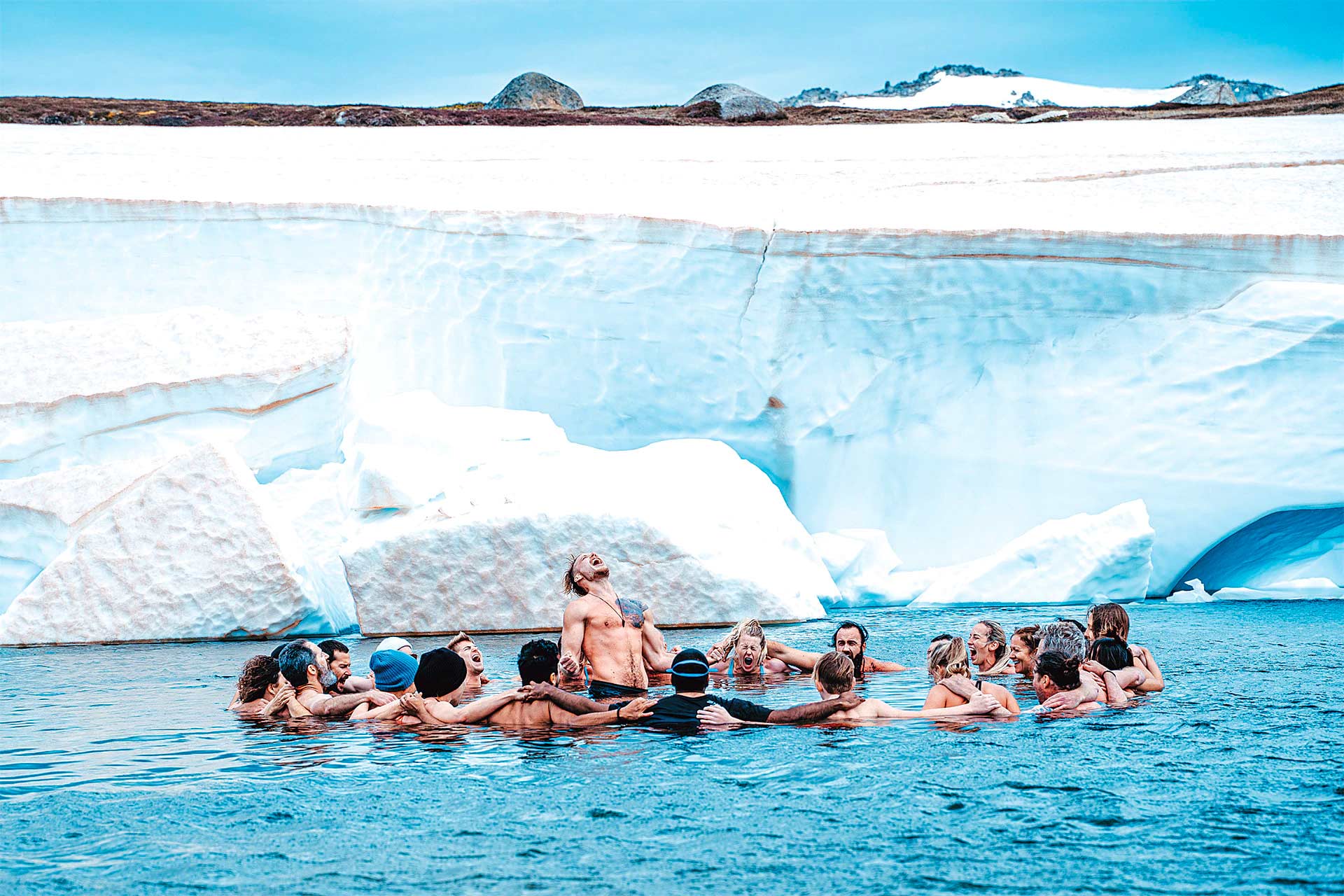
Here’s a quick history lesson on cold exposure. Don’t worry, I’m not a history teacher, and there won’t be a test at the end.
The History of Cold Therapy
Throughout history, some of our ancestors, who lived far from the equator, were likely exposed to extreme cold temperatures for extended periods of time. Bathing in icy pools, walking in freezing cold to hunt food and carry it home, and resting their head on the cold ground without a nice warm fireplace to keep them warm. It makes me shiver just thinking about it.
When we get cold, we shiver. Shivering is our body burning fat to generate heat in order to keep us warm – an ancient physiological pathway of sorts. As we shiver, we deplete sugar stored in our muscles, known as muscle glycogen. This simulates strenuous exercise and has been found to cause the release of growth hormone – an effect that can have a tremendous impact on the body. This effect is likely one important contributing factor to how our ancestors survived such difficult times.
Through repeated cold exposure, they became “cold-adapted”. This process of becoming “cold-adapted” is like giving your body a new benchmark or perspective to measure from. For instance, if you think sitting in a room temperature of 60° is cold, then you step outside into 0° weather for 10 minutes, and then step back inside, that 60° temperature will suddenly feel very warm. Likewise, each time you step out into the icy temperatures, it will be less painful over time. You’ll begin to almost feel comfortable in colder weather.
These cold-adapted ancestors trained their bodies to live more comfortably in cold weather, survive in icy climates, and eventually expand their territories. Ultimately, it helped them become more physically and mentally strong — able to withstand the worst of conditions.
Modern-day cold therapy is about dwelling in temporary discomfort, knowing that a future benefit awaits you.
The Industry’s Ice Bath
For over a year, we have been surviving, adapting, learning, and growing; holding on for more, waiting for the turnaround, squinting our eyes to see the light at the end of the tunnel. Maybe the hospitality industry is experiencing its own cold therapy treatment. We certainly didn’t ask for it, but it can still be good for us.
We may not enjoy weight loss or increased life expectancy from our “cold therapy”, however, as a whole, here are some benefits our industry has experienced. There are many others, I’m sure.
- Hospitality is more human. Through the efforts of many, there is a concerted effort to bring humanity back to hospitality. More compassion, more understanding, more kindness. Things that we could all certainly use more of.
- Travel is more conscious. Through the efforts of organizations like the Transformational Travel Council (TTC), the way people travel and experience the world is becoming more conscious. Travelers are now seeking to experience the world around them, and leave it better than they found it. Travelers are making more positive impacts on the places they visit, with more intention behind their trips.
- Experience is more personalized. Technology and innovation are changing the game for the guest experience. From touchless check-in to mobile hotel guides, to enhanced in-room experiences, you can now have a truly prescribed experience based on your preferences, interests, and personality.
- Design is more sustainable. Whether it be creating outstanding designs with sustainable materials or exploring creativity with adaptive reuse, designers and architects are becoming more aware and responsible for the design choices they make.
- Leadership is more diverse. Many leaders in our industry have been making an effort to invite more diversity. New faces have been rising up and making an impact, and the hotel industry is looking better than ever.
- Communication is more accessible. We’re all comfortable being ourselves on Zoom now, and with new communication apps like Clubhouse, the ways that our industry can stay connected are plentiful and exciting.
Conclusion
Today is difficult, tomorrow will have its own challenges. But think of it like cold therapy — it’s temporary and we’ll emerge better than before. The last year has been miserable and uncomfortable for many, but in the end, we can be stronger than ever. As we are preparing to exit our “ice bath” filled with a pandemic, shutdowns, lay-offs, economic distress, and uncertainty, let’s be confident that our bodies will be adapted to withstand difficult conditions. We will emerge with a new, refreshed vitality.
When the sun rises and the warm light shines upon our industry once again, I hope that the lessons we have learned, and the strength we’ve built stays around.
Jeremy Wells
Partner at Longitude°
Jeremy is the author of Future Hospitality and Brand Strategist at Longitude°. As a member of the Education Committee for The Boutique & Lifestyle Leaders Association (BLLA) and a content contributor to Cornell University’s Hospitality Vision and Concept Design graduate program, he is a committed thought leader in hotel branding, concepting, and experience strategy.
